Mana whenua protecting rōhutu
Myrtle rust is a devastating wind-borne pathogen. It has had a severe impact on rōhutu, a treasured member of the myrtle whānau. Mana whenua and the community work together to protect, restore and safeguard the future of rōhutu.
Auckland Council is currently working with Ngaati Te Ata and Ngā Maunga o Whakahii Ngahere to conserve two rōhutu populations.
Āwhitu: revitalising a lost population
One of the few rōhutu populations is at Āwhitu Lighthouse.
SCION is New Zealand’s Crown Research Institute for forestry, industrial biotechnology and advanced manufacturing. They monitored this population and discovered that it is functionally extinct. This means it is no longer able to produce seeds for seedlings to sustain itself.
Aawhitu Landcare began efforts to combat myrtle rust by collecting seeds and growing seedlings. They sent the seedlings to the Auckland Botanic Gardens as a living ex-situ collection.
Ngaati Te Ata supported this initiative with karakia to protect 20 seedlings and send them on their way. They are now leading a trial to test chemical fungicides and a natural alternative that align with their kaupapa.
Kaitiaki are applying these treatments fortnightly and carefully monitoring their effects. This will ensure the whakapapa of rōhutu continues to thrive on their whenua.
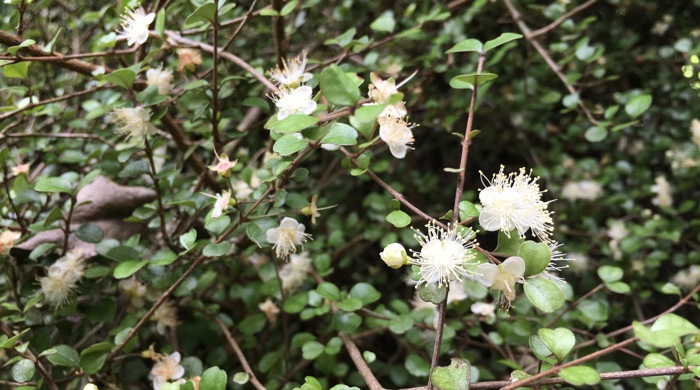
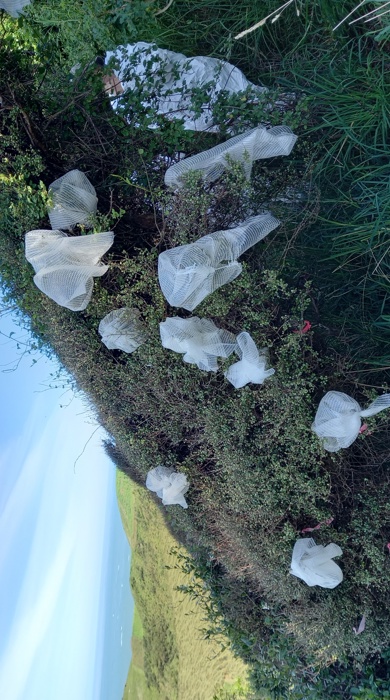
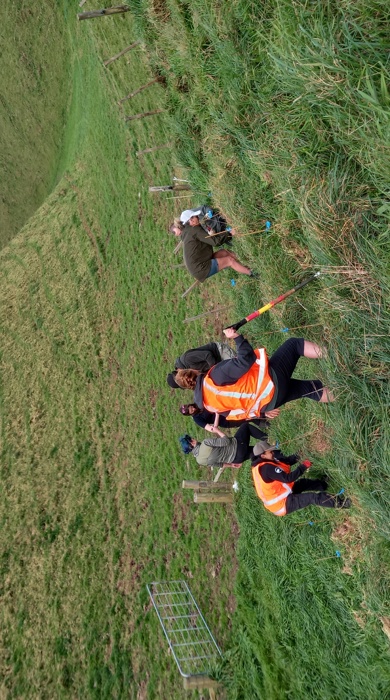
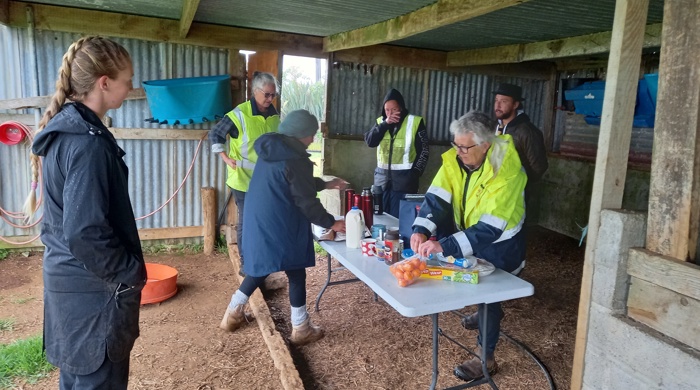
Woodhill Forest: preserving taonga for future generations
The largest known population of rōhutu is in Woodhill Forest.
Ngā Maunga Whakahii o Kaipara Ngahere Ltd are one of the commercial arms of the Post settlement Governance Entity of Ngāti Whātua o Kaipara. They own Woodhill Forest where a recent flora survey discovered a significant rōhutu population.
This significant find ignited a commitment to conserve this taonga. They are currently monitoring the population to assess its health and reproductive capacity.
Kaitiaki enter the forest monthly to track new leaf growth, fruit and flower production and the impact of myrtle rust. An encouraging sign is one monitored tree that has started producing fruit. They will watch the tree through Autumn 2025 to see if the fruit continues to develop.
These insights will help Ngā Maunga o Whakahii Ngahere shape a long-term conservation strategy to protect and sustain rōhutu for future generations.
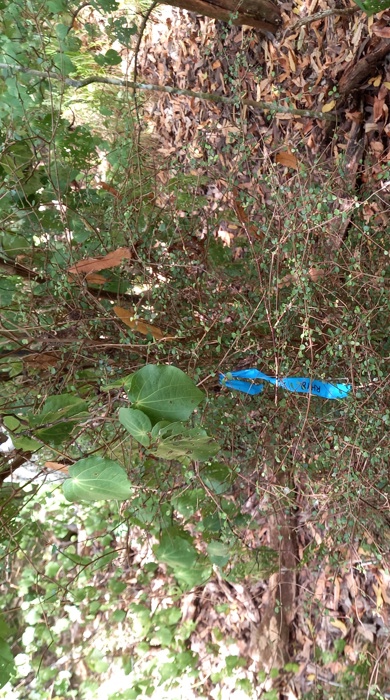
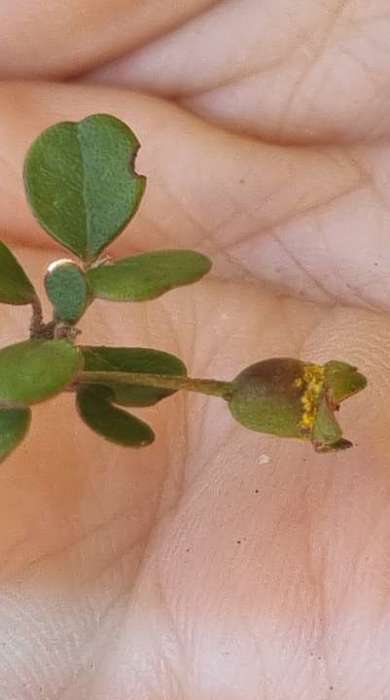
A collective commitment to conservation
Auckland Council’s work with mana whenua underscores the power of partnership in conservation. Integrating mātauranga Māori with scientific research means we are:
- addressing the immediate threats to rōhutu and
- ensuring its survival for generations to come.
We can restore the vitality of our native ecosystems with continued support, community engagement and kaitiakitanga.



